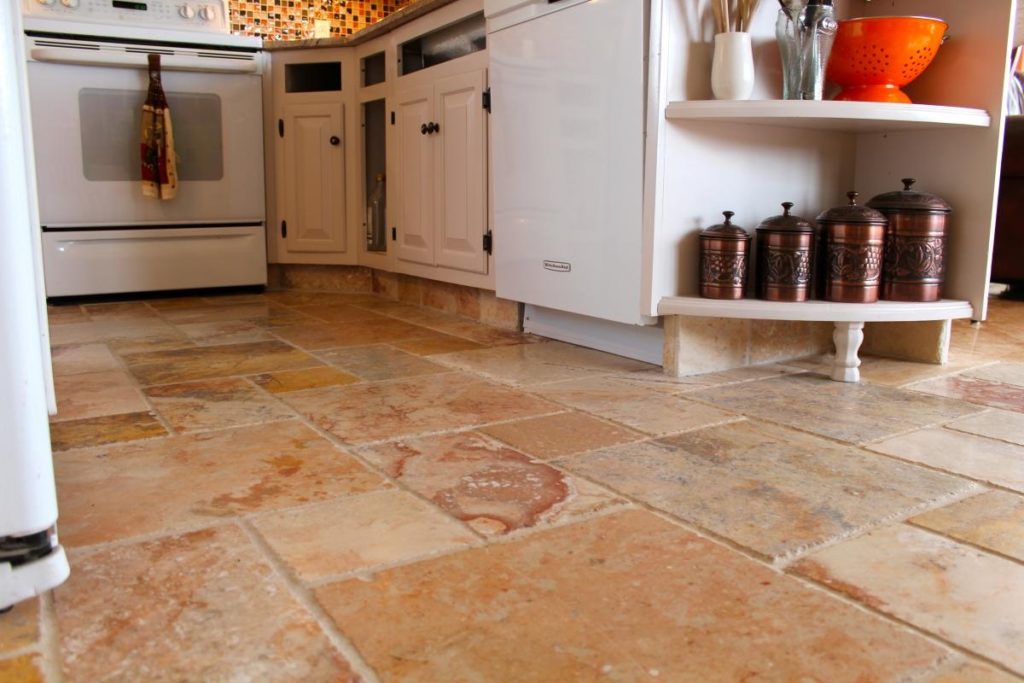If you have to make a Venetian marble plaster wall at home, or you want to prove that this technique could look like once you have painted the walls, you must know what is necessary for it, not only have the right materials, but also know what the technique and how we can easily achieve our goal, as we now explain.
What is Venetian marble plaster
Due to the crisis, we often have to deprive ourselves of many things, but thanks to the fact that many of the construction materials are not really that expensive and we can do it ourselves following guidelines like this, the venetian marble plaster technique is one that will we encourage you to try.
Venetian marble plaster is a technique used to paint the walls of modern houses. The objective is to recreate beautiful light games that are lost in the light and dark effect.
The use is modern, but the origins are ancient, dating back to around 5000 years ago and come from some regions of Iran. In Venice, the use of this practice was passed down from father to son, making improvements and changes from generation to generation and hence the name by which everyone knows this type of stucco.
The application of Venetian marble plaster can be done both inside and outside the house, creating a very aesthetic marble effect, not by chance, the technique is also called marmorino . The original process is very elaborate and involves the application of many layers, lengthening the laying time. Many trust expert professionals, because it is a complex technique , but if we have good dexterity, with some correct advice and some refinement test, it will be quite easy to apply.
Steps to make a Venetian marble plaster wall
Venetian marble plaster
To make a Venetian marble plaster wall you will need the following materials:
- Spatula.
- Stucco.
- Painting.
- Colour.
- Coating buffer.
- Brush.
The first step we must take is to make the wall smooth , if necessary, with a first coat of primer.
Let dry, and once dry we will pass a first layer of lime- based putty , then proceed with the placement of acrylic insulation diluted with water with a ratio of 1: 4 . Before it dries completely, we pass a second time.
- We wait for it to dry and we start with the finish made with washable and colored acrylic paint making semi-circular movements.The most elaborate and long phase has passed, now we have to apply the acrylic tampon that will give us our Venetian marble plaster effect. We can use a brush to proceed on small portions of the wall at the same time, you can buy it in the DIY store or in the decoration and painting stores that are in all cities.
Conclusion
The last part involves the placement of opaque filler putty and at a distance of 4 or 5 hours the application of a glossy. Both should be spread by placing portions on the wall and separating them evenly with a spatula, turning the arm once to the right and then to the left. After drying, a second coat of paint is applied to obtain the desired effect.

